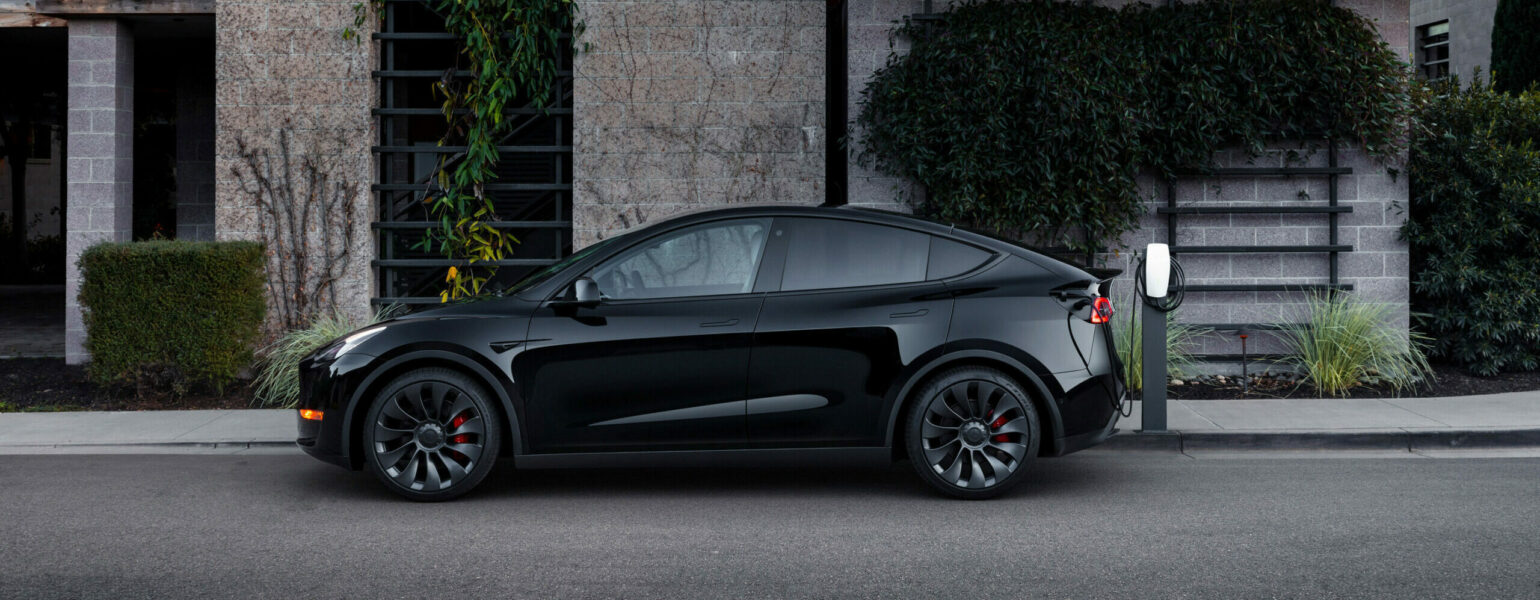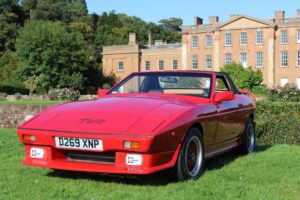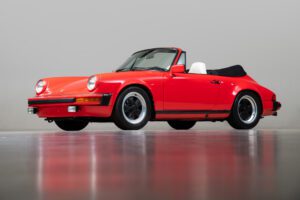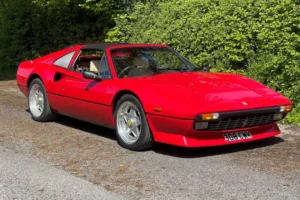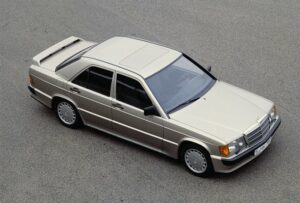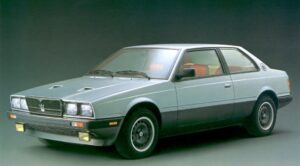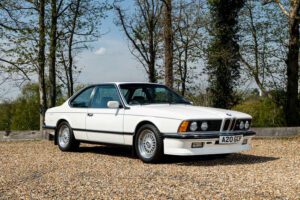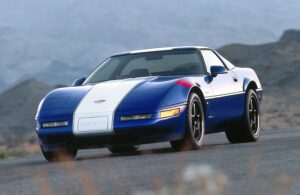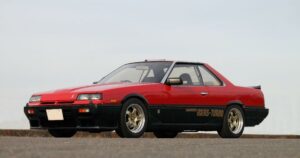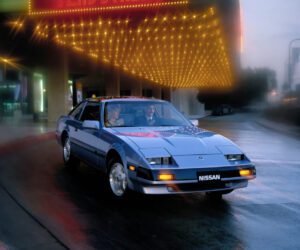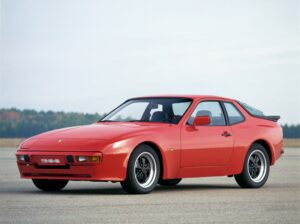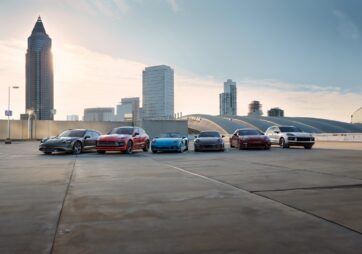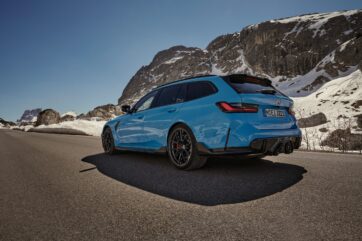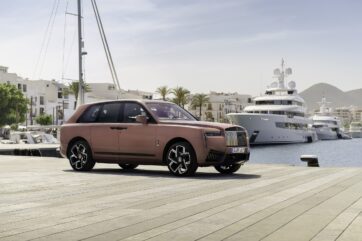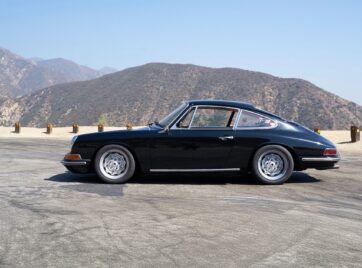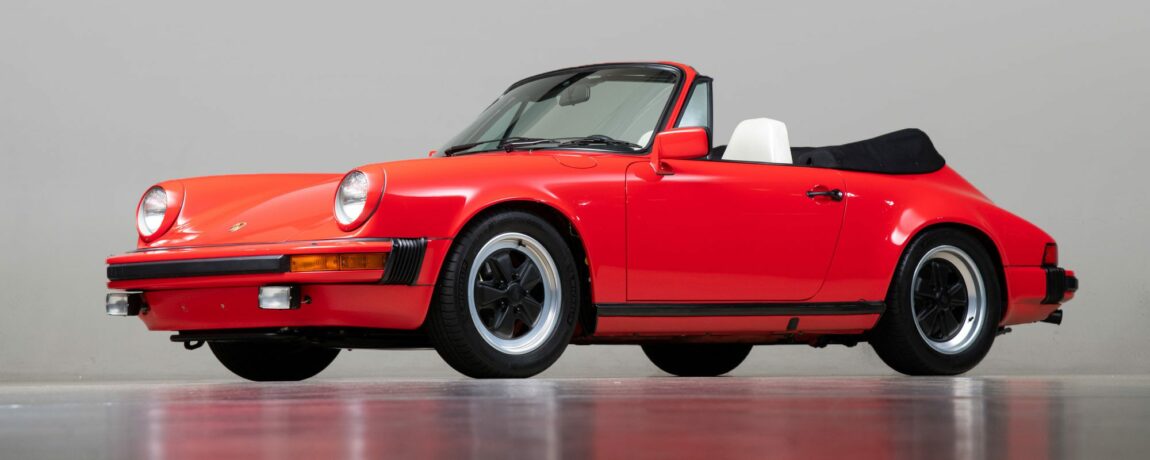
Surprising Classic Cars – Part 2
Owning a classic car is something that often involves a lot of hard work, a good knowledge of parts and breakdown fixes and a fastidious attention to detail. If mostly also means fair weather driving in order to preserve the car’s condition and the reliability of the engine mechanics. One of the deciding factors with classic car status is the fact that when a vehicle is over 40 years old it is no longer required to pay the road fund license or to have an annual MOT, as it has now reached an age where it can be considered a ‘historic vehicle’.
With cars becoming generally more reliable and likely to be running for a longer period of time, it might be quite surprising to find out some models of car that this year turn 40 years old and as such now qualify in that ‘classic car’ category. Part 1 of our list looked at surprising everyday cars that you may remember your parents owning, learning to drive in, or even still currently own, that are now considered as classic cars. Part 2 focusses on the more exotic, desirable and rare cars that are also now turning 40 years old this year:
TVR 350i
The wedge shape epitomised cars of the early 1980’s and the TVR 350i was one of the most wedged shaped of them all. New TVR boss Peter Wheeler wanted more power than was available in the existing V6 powered 280i, so they shoehorned a 3.5-litre Rover V8 into the existing chassis and bodywork, creating the 350i. The increase in capacity meant that the 350i was a quick car in its day, with a 0-62mph time of 6.3 seconds and a top speed of 130mph. The car was available in coupe form, or for those looking to hear more of the roaring V8 engine, a convertible version too.
Porsche 911 Super Carrera Cabriolet
Safety fears over the convertible car as a concept meant that until the 1983 Porsche 911 SC Cabriolet came along, Porsche had not produced a convertible car for over 18 years, since the 356 of the 1960’s. The SC Cabriolet was the first 911 with a fully open top, a departure from the also available Targa version which was known as the ‘Safety Cabriolet’. As a Super Carrera it came with the sought after wider body than the Carrera, as well as a 3.0 litre air-cooled flat-six engine producing a respectable 204bhp. SC Cabriolet model cars were only sold in 1983 so are one of the rarest G-Series versions, yet despite this are one of the most affordable pre-1990’s Porsche models to buy currently.
Ferrari 308 GTS Quattrovalvole
The 308 was the replacement for the Dino 246 and had been on sale since 1975 in various guises and model iterations. In 1983 the GTB and GTS Quattrovalvole went on sale with a power increase thanks to engine now featuring four valves per cylinder, hence the ‘Quattrovalvole’ naming. The 2.9 litre V8 engine now produced 240bhp and was distinguishable by small exterior changes such as the grille and front lights, and minor interior changes including a three spoke steering wheel and cloth seat centre option. The GTS nomenclature meant that the centre section of the roof was removable as a Targa top, to enjoy the sound of the mid-mounted V8 engine even more.
Mercedes Benz 190E 2.3-16
In the early 1980’s Mercedes Benz wanted to take their 190 rallying thanks to its low-drag aerodynamic body and sophisticated multi-link suspension. However, whilst the car was still in development, Audi shook up the rallying world with their four wheel drive turbocharged Quattro, rendering the rear wheel drive 190 inadequate. Rather than abandon the project they turned their attention to Group A touring cars and the 190E 2.3-16 road car version was born. Upon launch Mercedes were keen to prove the cars performance and durability, running three 190E 2.3-16’s for eight days and nights at Italy’s Nardo high-speed bowl setting a new world record of 50,000 kilometres and an average speed of 154mph in the process. It may not have had the same following at the time as BMW’s M3, but rising values on good condition examples show that the 190E 2.3-16 is assured of future classic car status.
Maserati Bi-Turbo S
The Maserati Bi-Turbo was the first production car to feature twin-turbocharging to the engine, as well as 3 valves per cylinder (although later replaced with 4). The 1983 sportier ‘S’ model increased power by 25bhp to 205bhp thanks to increased boost pressure and twin intercoolers. It also featured lowered suspension, wider wheels and Black colouring to the trim and grille. Despite its reputation for unreliability and poor build quality, the Bi-Turbo sold over 40,000 units over its lifetime, bringing the Maserati name to a wider audience. It remained on sale right up until 1994 remaining in production for over 13 years.
BMW 635 CSi
The 635 CSi is one of the most iconic models in BMW’s history as the first of the performance grand tourers. Two-door coupe styling mixed with luxurious interior and a straight six engine, the more powerful 635CSi had been around since 1978 and was facelifted in 1983 with the donor platform from going from the E12 to the E28 5-Series, producing the E24 6-Series. The facelift enhanced the styling and borrowed much of the new 5-series running gear to improve the 635 CSi handling and ride comfort considerably. Over 86,000 6-series cars were sold from the mid 1970’s to late 1980’s showing the model’s popularity and the extent of its reputation as a fantastic grand tourer.
Chevrolet Corvette C4
Following the stylish Corvette Stingray C3 was never going to be an easy task, but for the C4 Chevrolet decided to opt for a clean break with thoroughly modern and sleek styling and a completely new chassis. It wasn’t just the exterior that got an overhaul either, the interior featured an electronic dashboard and digital LCD instrument cluster. Recent emissions regulations changes meant that the emphasis for the C4 was focused on handling and braking, with lightweight suspension (weighing just a third of the previous setup and incorporating anti-roll bar effect) and all new brakes with aluminium calipers. Over 350,000 C4 Corvette models were made between 1983 and 1986 with 75,000 of these being the convertible model.
Nissan Skyline 2000 Turbo RS
The 1981 R30 Nissan Skyline was already the sixth generation of the Japanese model and was a ground-breaking car for the brand, over 400,000 of them were sold throughout its production run in just 5 years. The performance minded 2000 RS was the first production model to feature 4 valves per cylinder and double overhead cams. By the time the 2000 Turbo RS was launched in 1983 it was the most powerful production car in Japan at 188bhp, as well as probably the one with the most stickers to the bodywork. Even actor turned racing driver Paul Newman had his own version released named after him after racing for Nissan at the time. If you manage to find a good one that doesn’t need shipping all the way from Japan or Australia, it already has the cult following to become a desirable addition to any collection.
Nissan 300ZX
The 300ZX brought performance, modern styling and luxuriousness to the replacement in their Z-Car range. Replacing the original Z-Car, the 240Z, the addition of the ‘X’ signified the comfort and luxury oriented features of the model whilst the streamlined shape was one of the most aerodynamic of the time. It was powered by Japan’s first mass-produced V6 engine, replacing the in-line 6-cylinder engines of its predecessor, intended to keep the sporty spirit of the Z-Car in a more compact and efficient package. As well as performance and handling gains over the previous model, the 300ZX was also known for its technological advancements, with a ‘Voice Warning System’ providing a vocal warning for notifications such as lights being left on or doors not being closed properly. It became the biggest selling Z-Car Nissan ever made with over 320,000 units sold in just 6 years, 90% of those exported to other markets.
Porsche 944
Based on the 924, the 944 was a faster, more refined and better equipped version of the Porsche entry-level model. It also had greater ride comfort and offered a much-improved braking system to cope with the power increase. With a 0-62mph time of less than 9 seconds and a near perfect 50:50 weight distribution, the 944 offered fantastic handling and performance for the era despite the initial offering of just 161bhp from the 2.5-litre 4-cylinder engine. Despite initial criticism of the related 924 car being underpowered and too basic, the 944 did well to salvage the reputation despite sharing the same platform and looking similar in appearance. Over 160,000 944’s were sold until production stopped in 1991 with the model being the most successful sportscar in the company’s history until the introduction of the Boxster and 997 iteration of the 911.
Future Classic Car Finance
If you are looking at purchasing any of the above vehicles, our expert team have over 17 years’ experience in sourcing tailored car finance products, including these models mentioned above. Whatever type of car you’re looking for, you can get in touch with us either by calling 0800 012 6666 or clicking here.
With over 1,600 Trustpilot reviews and three-time consecutive award winners of the Best Specialist Car Finance Provider award from 2020 through to 2022, you too can find out why thousands of people trust us time and time again to find a smarter, tailored funding solution when looking for your next dream car.
Voted Best Specialist Car Finance Provider four years in a row at the Car Finance Awards 2020, 2021, 2022 and 2023 having funded over £1.7 billion and counting.
Make sure you follow us on Instagram, LinkedIn and Facebook to keep up to date with what’s happening in the market and to see some stunning photos and videos of the amazing cars we fund.
